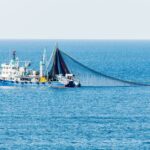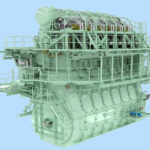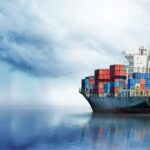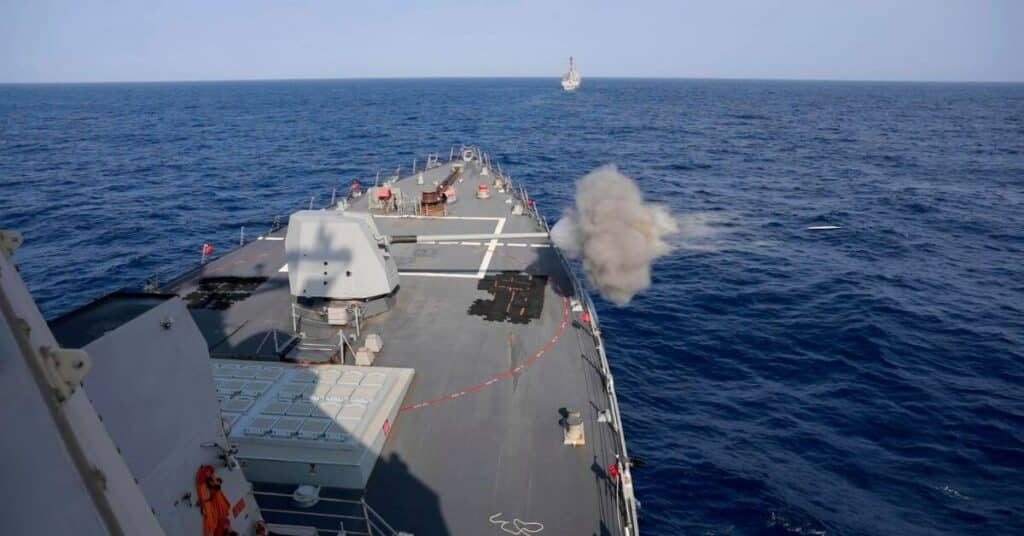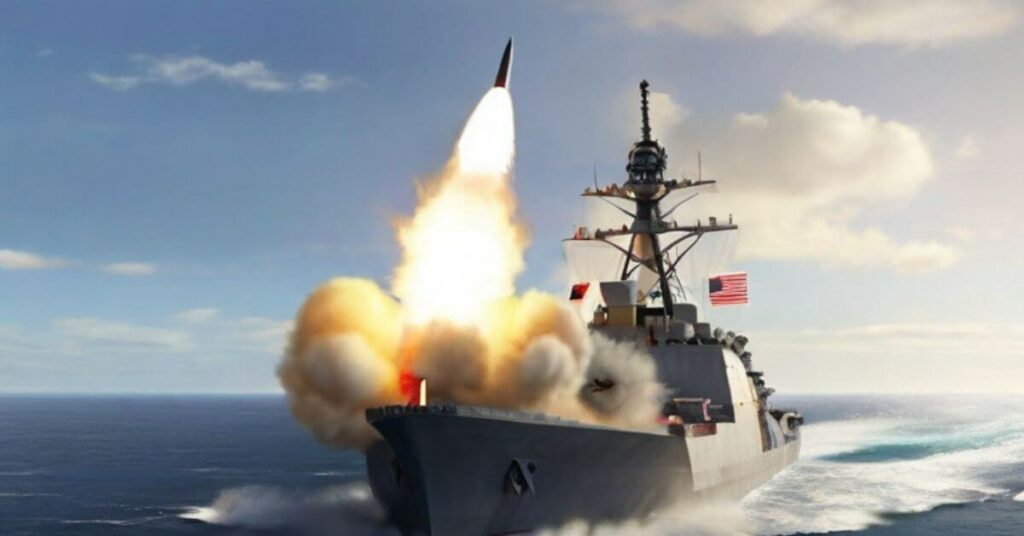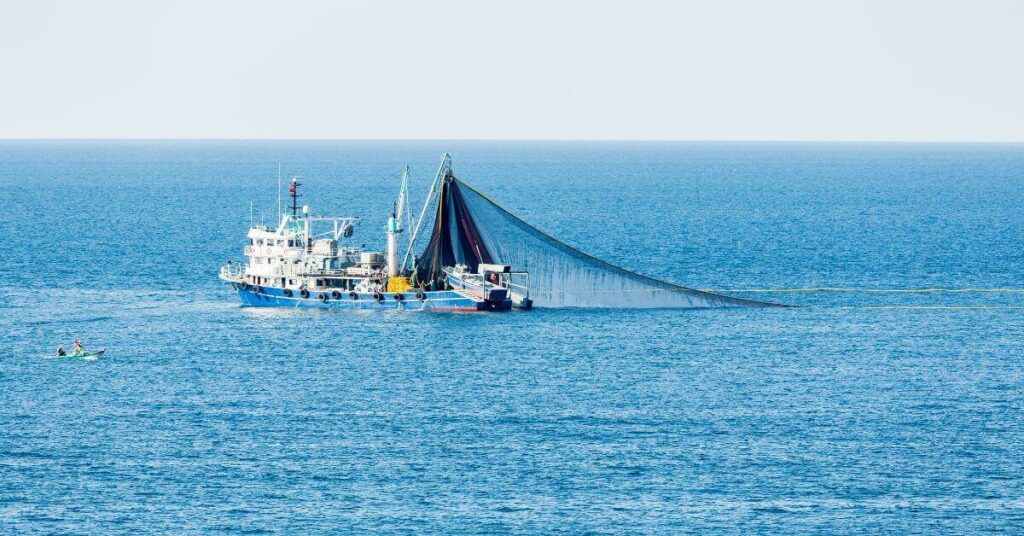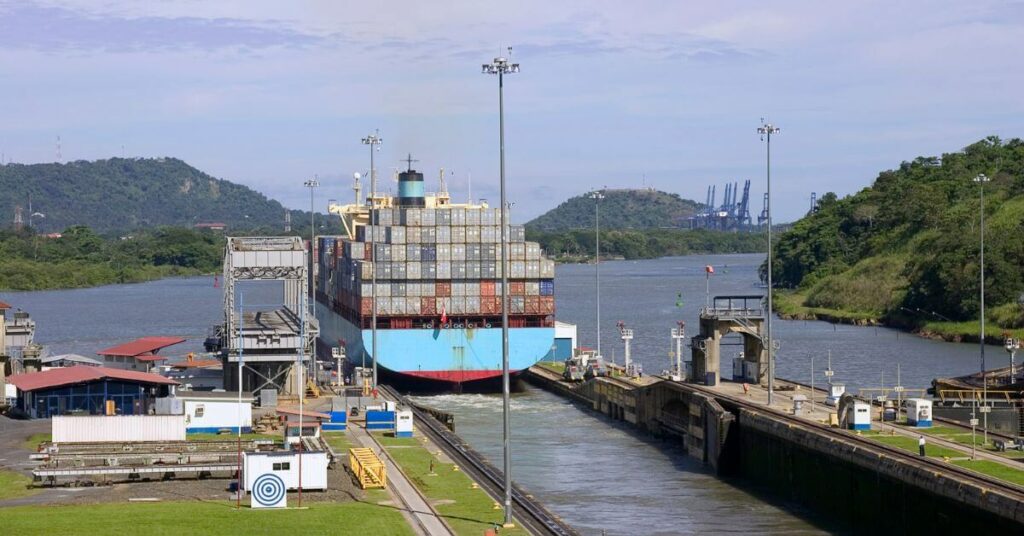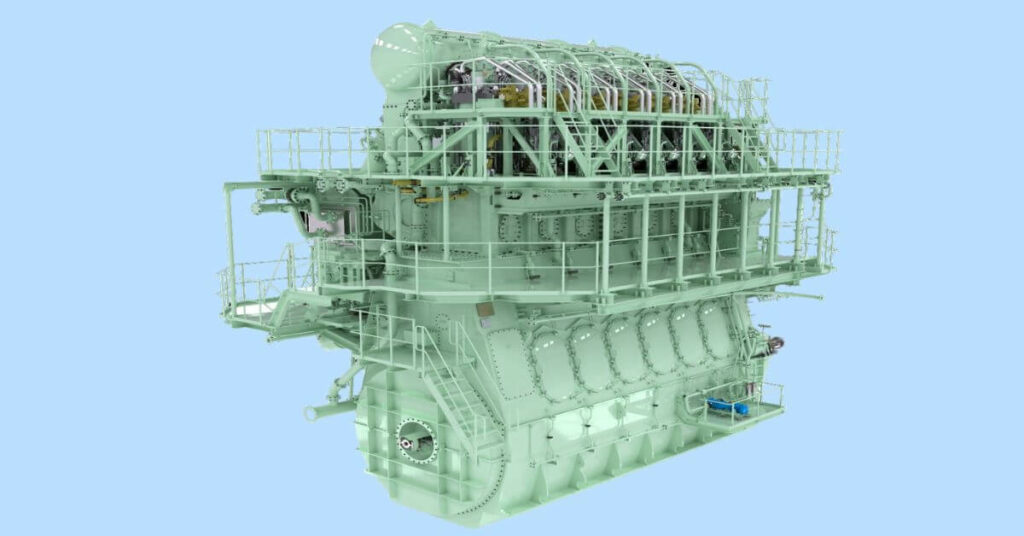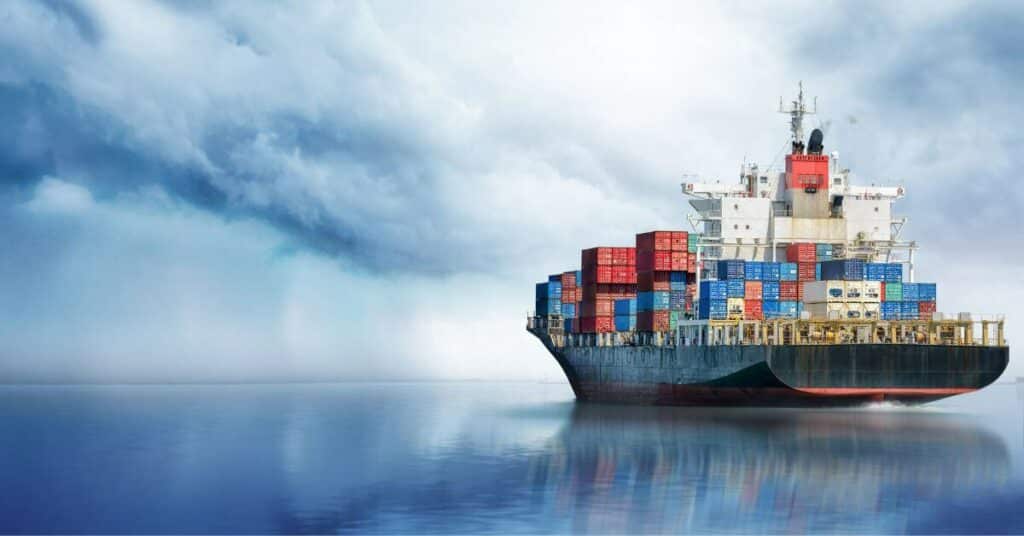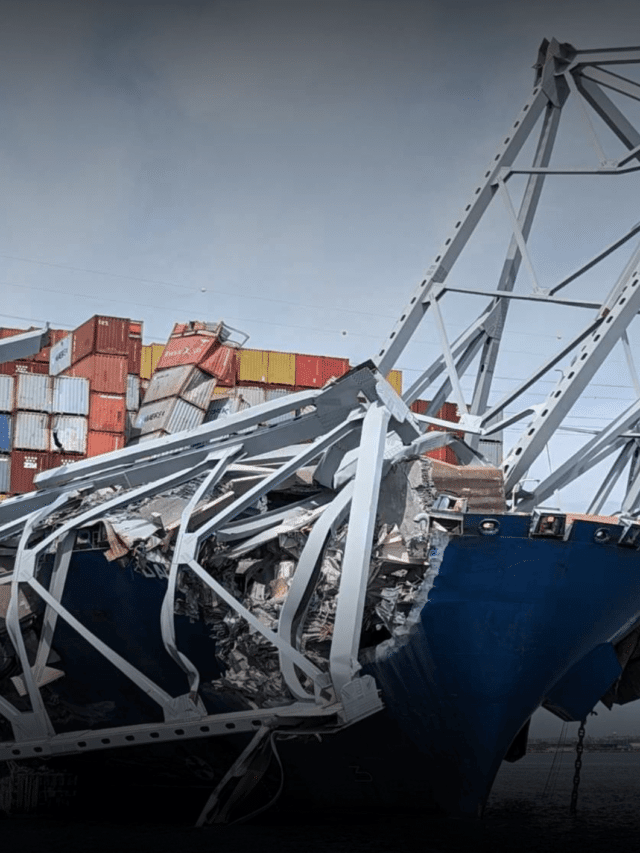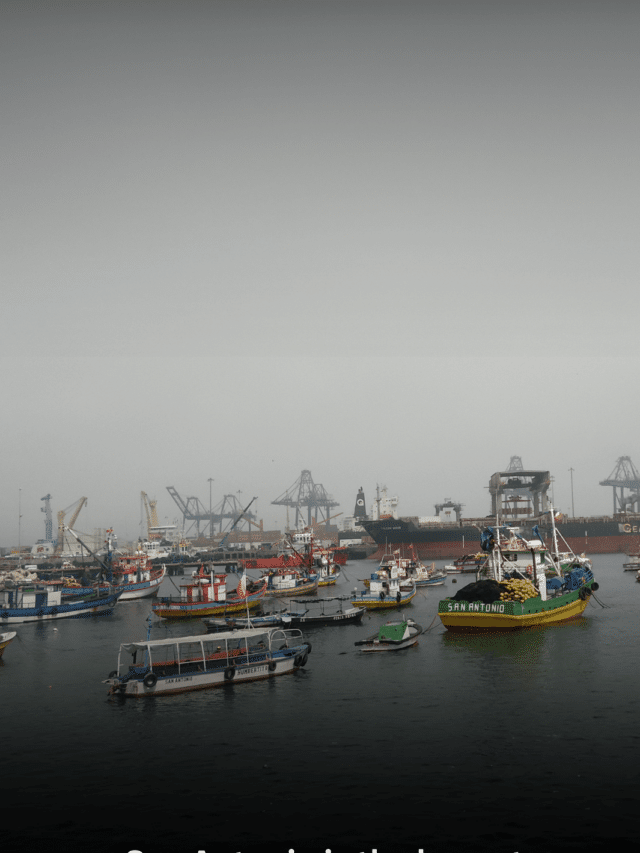NAVTOR – Five Keys To Understanding And Improving Vessel CIIs
Jacob Clausen, Managing Director, NAVTOR Denmark, cuts through the confusion regarding CII compliance and optimisation with some simple words of advice.
CII ratings are shaking up shipping. The arrival of the A to E vessel rating system on 1 January 2022, and the update of regulations on 1 January 2023, has been met with almost equal amounts of celebration and consternation. On one hand a far-reaching framework for measuring and continually improving vessel carbon intensity has been born – essential for an industry targeting enhanced sustainability – while on the other owners and operators now have to learn how to understand and navigate an approach with (potentially) major operational implications. And all this while conducting core business in an ever more complex regulatory, economic and geopolitical landscape.
It doesn’t sound easy, does it? But it doesn’t have to be so frustrating either. Here’s some headline insights to help you get to grips with a new regulatory reality.
1. The value of C
On the A to E scale, the target for every vessel is C or higher. Any rating is compliant with IMO regulations, but a failure to attain a C will have implications for your vessel’s Ship Energy Efficiency Management Plan (SEEMP) – in other words, there’ll be work to do.
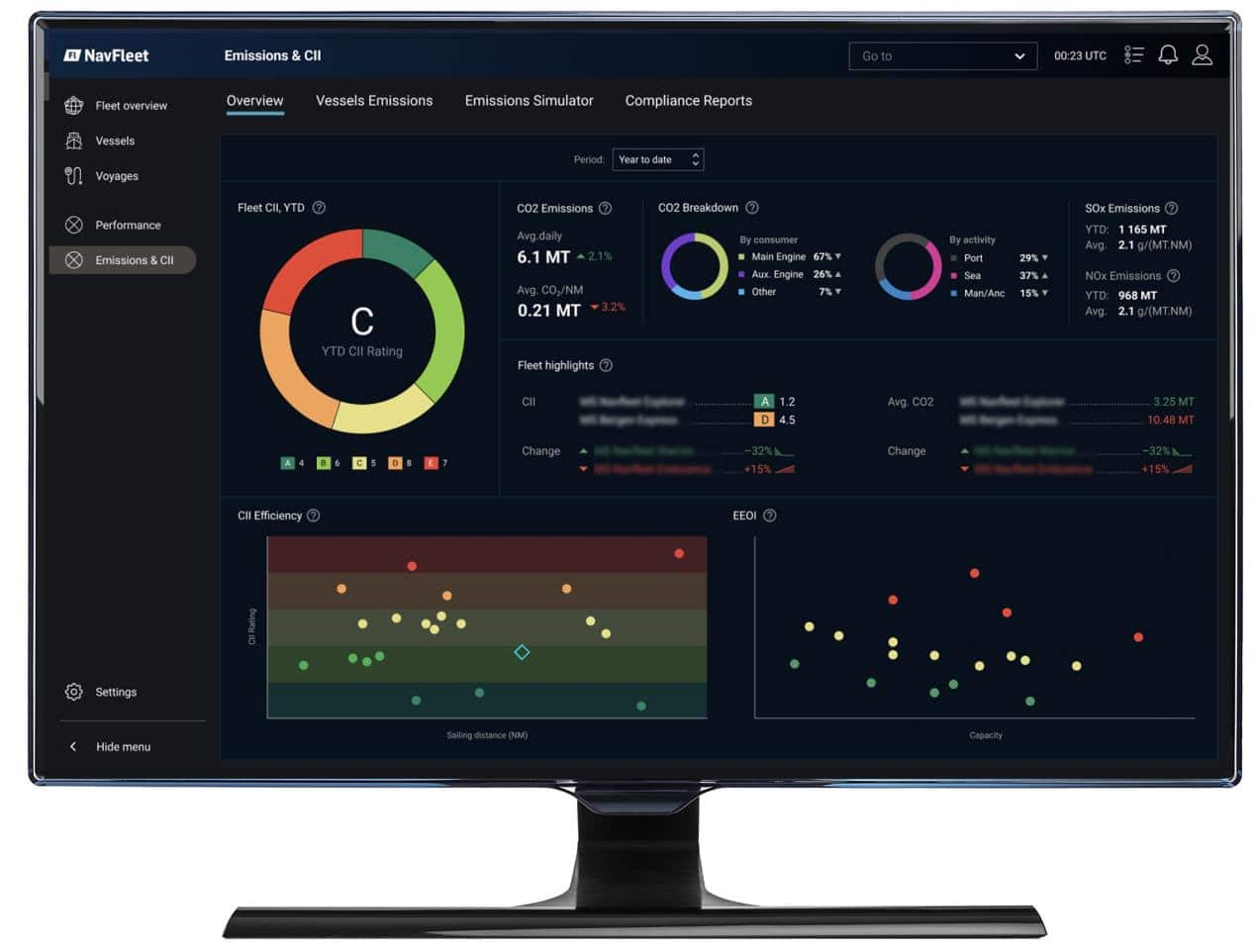
The value of C – achieving a C rating, or more, unlocks hidden value
There’s good news if your vessel can hit the heights of A (and not just in terms of lower OPEX, enhanced environmental performance, and reputational/market advantage) as its asset value will, on average, be 7% higher than if it had attained a C-rating. On the flip side, if a vessel plumbs the depths of an E rating, the ship’s value will drop by 12% compared to a C-rating. So, it really does pay to perform.
2. Continual improvements
Ambitious environmental targets create a need for continual improvement rather than one-off efforts. This is reflected in the fact that the targets for achieving a C rating get 2% stricter every year. This creates the need for on-going, accurate and intelligent monitoring, analysis and optimisation of environmental performance, with a broad range of measures to drive down carbon intensity. So, what can be done?
3. Pick and mix approaches
There’s no one size fits all answer to optimising CII ratings – since vessel types and operating patterns are obviously different – but thankfully there’s a diverse menu of strategies to choose from. Slow-steaming is an obvious start, as is reducing auxiliary energy consumption and taking measures to ensure efficiency in your vessel’s main engine performance.
Poorly performing hulls are a drag – in more ways than one – so a proactive approach to hull cleaning, optimisation of the hull, and advanced hull coatings can make a major difference to fuel consumption, costs and environmental efficiency.
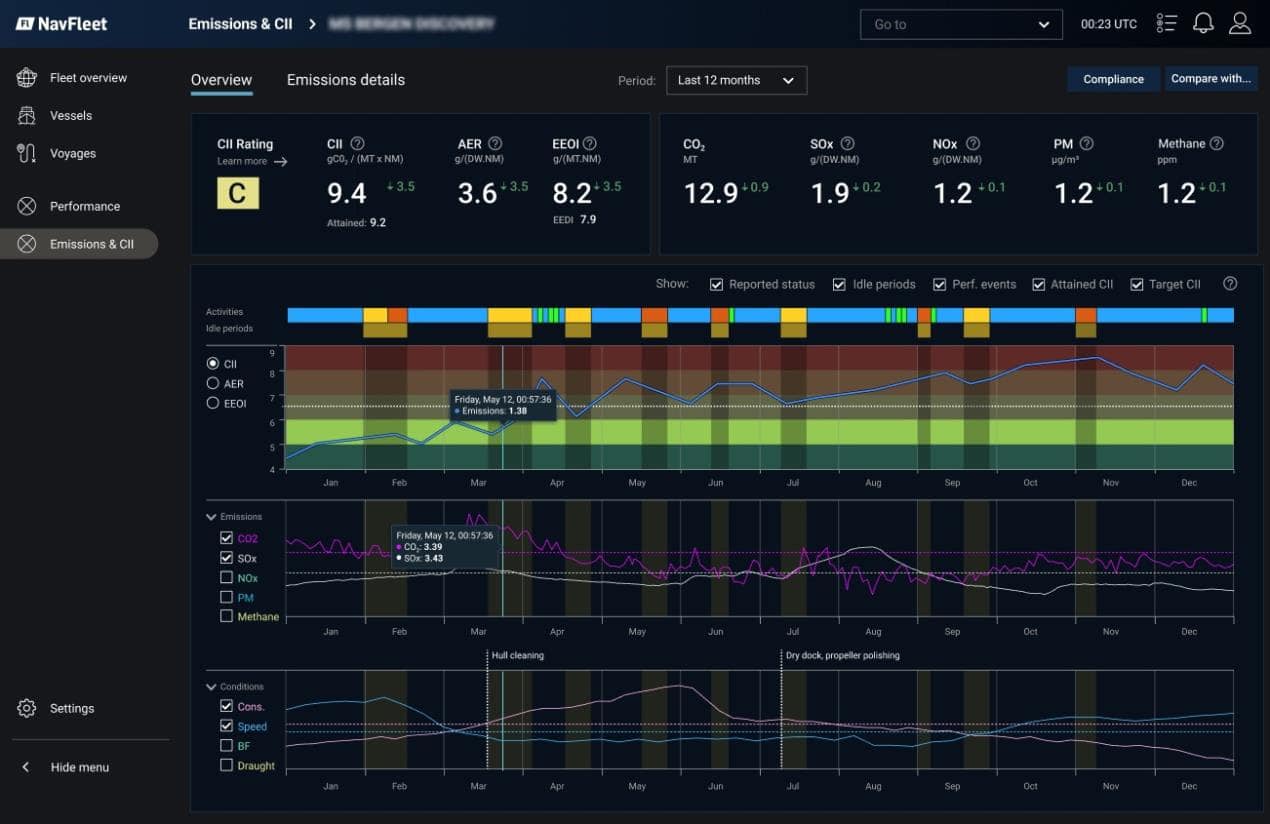
In addition, there’s a vast array of energy saving innovations available (for many different vessel areas/functions), while intelligent weather routing can, in some cases, shed percentage points off fuel consumption. Accessing shore power is a smart move when conducting port side operations, while the adoption of alternative low carbon fuels (e.g., biofuels, methanol and ammonia/hydrogen) translates to obvious gains.
Aside from these measures, changes to the distances travelled by vessels, the time at sea versus idling, and utilization, amongst other key operational factors, also make significant impacts… as we’ll see here:
4. The impact of owner and operator decision-making
There’s some fundamental operational choices owners and operators can make that, while seemingly small, can have major impact on a vessel’s attained CII.
Using a 50K DWT tanker, travelling at 12 kn, spending 50% of its time at sea as a case study, we see that a 1 kn speed reduction (raising time at sea to 54.5%) can make a CII difference of 9%. Potentially bringing a CII rating of D down to C. A 10.9 kn speed and 55% at sea makes a CII difference of 10%. Maintaining 12 kn but raising time at sea to 55%, meanwhile, makes a 2% impact.
The same vessel, operating on the same parameters, with a 20% reduction in basic load will enjoy a 4% CII gain, while a 10% improvement in hull cleaning will translate to an 8% CII advantage. Add the two together and that’s a 12% positive impact in terms of CII.
So, there’s plenty that can be done if you work to understand, monitor and analyse the performance of your fleet with an advanced solution, such as NAVTOR’s NavFleet offering.
5. Remember your corrections
Finally, MEPC 78 saw some voyage adjustments and ‘correction factors’ added to the CII formula. Although, at first glance, this may appear to complicate calculation, it’s important to bear these in mind to ensure that your data is accurate and that you don’t overstate your carbon intensity, getting unfairly penalised in the process.
Deductions can be made across a broad range of criteria, including for certain voyages, energy consumed for a range of activities, such as cargo loading, discharging and cargo cooling/heating, as well as shuttle tanker operations, ship to ship transfers, and so on.
CII may seem daunting, but there’s opportunity inherent in the challenge; with a powerful framework to cut costs, as well as emissions, while improving overall fleet efficiency and understanding. With the right partners, and smart shipping solutions, CII will not only help us in decarbonizing the shipping industry, but can also be genuinely positive for your business – a Commercially Intriguing Initiative.
Press Release
Disclaimer :
The information contained in this website is for general information purposes only. While we endeavour to keep the information up to date and correct, we make no representations or warranties of any kind, express or implied, about the completeness, accuracy, reliability, suitability or availability with respect to the website or the information, products, services, or related graphics contained on the website for any purpose. Any reliance you place on such information is therefore strictly at your own risk.
In no event will we be liable for any loss or damage including without limitation, indirect or consequential loss or damage, or any loss or damage whatsoever arising from loss of data or profits arising out of, or in connection with, the use of this website.
Disclaimer :
The information contained in this website is for general information purposes only. While we endeavour to keep the information up to date and correct, we make no representations or warranties of any kind, express or implied, about the completeness, accuracy, reliability, suitability or availability with respect to the website or the information, products, services, or related graphics contained on the website for any purpose. Any reliance you place on such information is therefore strictly at your own risk.
About Author
Marine Insight News Network is a premier source for up-to-date, comprehensive, and insightful coverage of the maritime industry. Dedicated to offering the latest news, trends, and analyses in shipping, marine technology, regulations, and global maritime affairs, Marine Insight News Network prides itself on delivering accurate, engaging, and relevant information.

About Author
Marine Insight News Network is a premier source for up-to-date, comprehensive, and insightful coverage of the maritime industry. Dedicated to offering the latest news, trends, and analyses in shipping, marine technology, regulations, and global maritime affairs, Marine Insight News Network prides itself on delivering accurate, engaging, and relevant information.
Do you have info to share with us ? Suggest a correction
- U.S Navy Fired $1 billion In Missiles To Counter Iran & Houthis In Middle East, Says Navy Secretary
- U.S Navy Warships Fire SM-3 Missiles For the First Time To Shoot Down Iranian Missiles
- Greece Becomes 1st European Nation To Ban Bottom Trawling In Marine Parks & Protected Areas
- Panama Canal Authority Increases Ship Booking Slots & Maximum Allowable Draft As Water Levels Improve
- World’s Largest Car Carriers Set to Be Powered By MAN ES Propulsion Package
- Howden Offers War Risk Cargo Insurance Covering Red Sea Ships Against Drone & Missile Attacks
Latest Shipping News Articles You Would Like:
Subscribe To Our Newsletters
By subscribing, you agree to our Privacy Policy and may receive occasional deal communications; you can unsubscribe anytime.
Web Stories





